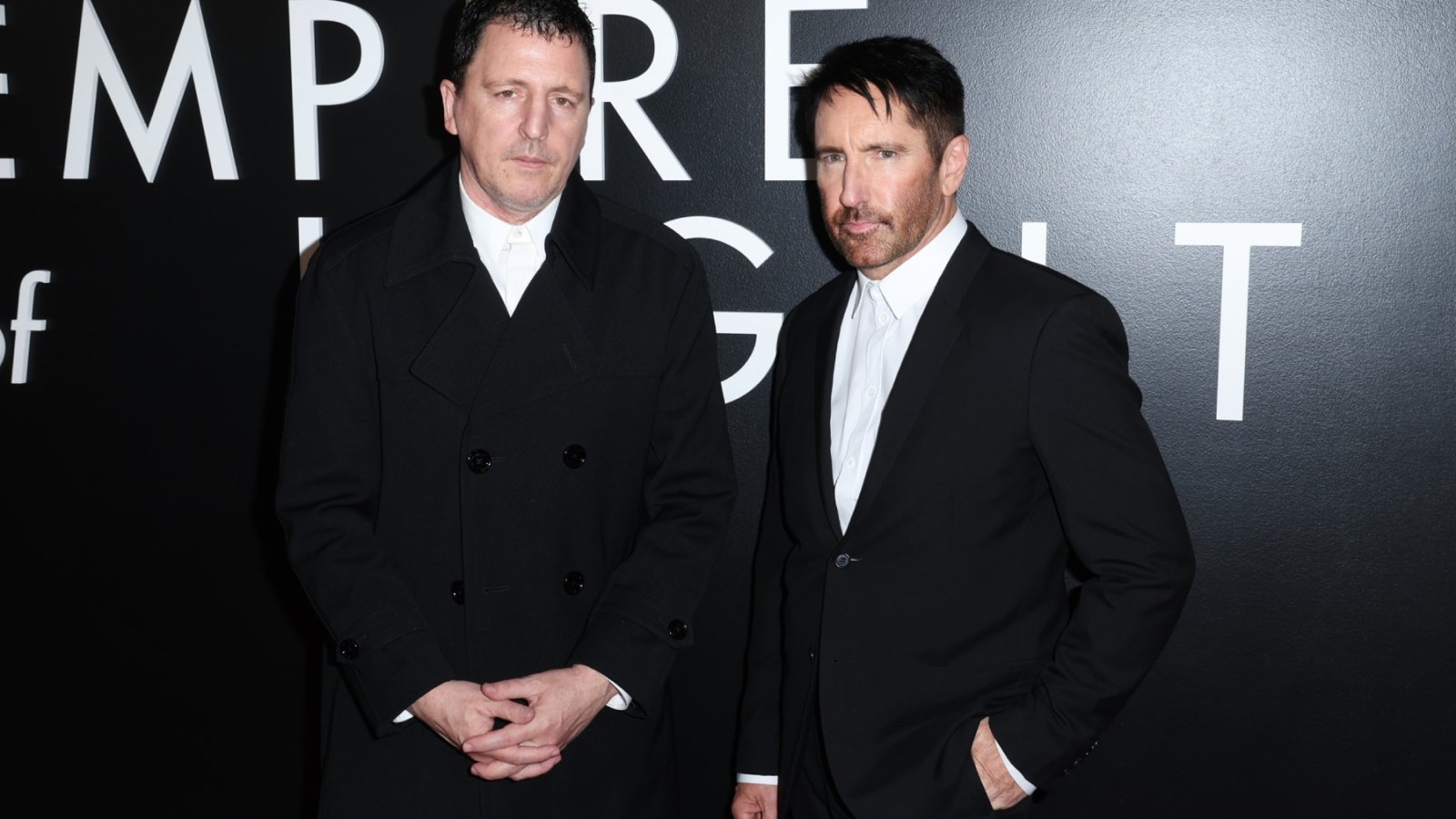Are you wondering how to get that Pop House sound that is so popular right now with artists like David Guetta and Dom Dolla? In this guide, we’ll cover everything you need to know to make your first Pop House track, from drums to soaring vocals and punchy basslines. Let’s get started!
If you want to follow along, make sure to grab the full FREE project file for Ableton Live, which also includes every single sample and preset used in this tutorial 👇
What is Pop House?
Pop House blends the catchy, melodic qualities of pop music with the rhythmic energy of House. Because of its upbeat tempos and memorable hooks, it’s ideal for radio and clubs alike.
The genre began gaining traction in the early 2010s, with artists like Calvin Harris and David Guetta leading the charge.
These producers infused house beats with pop sensibilities, creating tracks that resonated with a broad audience. Avicii’s 2013 hit “Wake Me Up” is a prime example, merging folk-inspired vocals with driving house rhythms. During this time, Pop House became omnipresent both in music charts and on dance floors across the world.

Since then, the genre has become mainstream, which is why many will simply refer to it as “Pop music” or commercial music.
Want to follow this tutorial in video format? Check it our on our YouTube channel 👇
Step #1: Creating a Classic Pop House Beat
Let’s start with the drums. I usually find that starting this way helps setting up the backbone of the track. Let’s set our BPM to 128, and bring in a reference track.
If you’ve checked out our other guides on how to make Melodic Techno or Tech House, you know I love reference tracks.
A reference track is especially useful for laying out the structure of a track. That way, I know where each section is going to be placed. For this Pop House tutorial, I’m using the track “Where You Want” by David Guetta, Riton and Jozzy:
I’m not really going to be copying the elements, but just using the structure (intro, verse, chorus, etc.) as an inspiration:

Let’s bring in a kick and play it on every beat:
Getting the right kick is crucial to the vibe of your track. So make sure you spend enough time browsing your sample packs or Splice and Soundcloud to get the right one.
Other tricks you can use to get the kick to sit right in your track are:
- fading out the sample to remove boominess;
- pitch it up or down a semitone.
Adding hats, claps, and tops
Next up, let’s grab a nice hat sample and place it on every off-beat (i.e. in between each kick):

Pro-tip: if you want to make your hi-hats sound more human, drag them slightly off the grid. Check out more tips to make your drums sound less robotic here.
Note that I’m working with audio samples directly here, but you can also load up a drum rack and use MIDI notes instead. Whatever works best for you 🙂
Let’s layer this closed hi-hat with an open hi-hat. However, I’m going to use a MIDI clip for this one.
The reason for this is that I will be able to automate my open hi-hat envelope, making it more open or closed. This isn’t possible if you’re using an audio sample directly:

This is what our drums sound like now:
Next, let’s find a nice-sounding clap. I often struggle to find THE perfect clap, so what I end up doing is layering two samples:

Finally, let’s round off this loop with some top loops
Firstly, I’m going to bring in some shakers to add some excitement to our track. This will also help fill out the frequency spectrum:
I’m also going to add some off-beat snare hits (which I chopped from a longer loop) as well as a second tops loop:

What I love to do too with loops is use Ableton Live’s Grooves. This is a great way to add swing to your drums. In this case, I settled on the “Swing Logic 16th 60” groove and applied it to that last top loop.
And that’s our drum loop done 👇
Step #2: Adding Some Catchy Pop House Vocals
Here’s the vocal we’ll be working with:
This is the vocal we will be playing during the verse. However, for the drop, a common trick is to chop up a piece of that vocal. So let’s do that!

Next, let’s process it to make it sound like a proper Pop House vocal.
Here’s what I’m going to do:
Here’s what our vocal sounds like now:
As you can hear, I’ve also pitched up and down certain words to create a new melody. When you do this with melodic elements such as vocals, make sure to use “Pro” or “Complex Pro” as the Warping mode:

Now that we’ve got a solid drum beat and vocals, let’s write our bassline.
Step #3: A Plucky Bassline
I usually like to write my bassline in 4 steps:
- take a basic sound in Serum;
- write the rhythmic pattern of my bassline;
- change the notes to create a melody;
- go back to Serum and tweak the sound.
You don’t have to follow these steps precisely. But I find it helps to get a melody down first before moving to sound design.
Here’s the melody I settled on:
Let’s go back into Serum now and tweak some settings:

Here are a few things I’m going to tweak directly in Serum:
- open up the filter so we get a “pluckier” sound;
- reduce the width of OSC B to avoid any phase issues;
- add some white noise in the noise oscillator;
Next, I’m simply going to add some multiband compression and sidechain compression.
It’s also really important to make sure that your bassline works with your vocals. Unlike other genres like Techno or Drum and Bass where the bass is the focus, here it should act as a support for the vocal. So I’ve changed around a few notes to make it fit better:
We’re also going to add a layer to our bassline to make sure it comes through smaller speakers:
This layer is simply a default sawtooth wave with a low-pass filter, some additional voices with detuning, and some OTT outside of Serum:

When working with multiple layers, whether basses or any other element, it’s always a good idea to process them together. This will make them sound more unified. To do this in Ableton Live, simply group the tracks together, and then apply processing such as multiband compression and saturation.
Step #4: Main Lead and Synths
Now it’s time to start adding some leads! Just like we did for the bass, let’s get a melody in first:
Once that is done, we can start tweaking the sound in Serum. The easiest here is to find a good preset in Splice, which you can then tweak later on.
You’ll notice I also added a background lead in there to fill out the arrangement.
If you feel like your lead is too thin, feel free to layer it up. Just make sure to EQ each layer accordingly so they don’t clash with each other.
A good trick to keep your track interesting is to layer up your lead with the upper octave:

Now that we have most of our elements in place, let’s work on a build before the drop.
Step #5: Building up to the Drop
Let’s now focus on our build. Many producers overlook this step and tend to spend more time on the drop.
However, while the drop is important, it’s only impactful in contrast to what came before.
This is why spending enough time on the build is crucial. Firstly, I’m going to use our unprocessed vocal, and use the drums from the drop but without the kick:
Next let’s introduce some strings with a crash cymbal, as well as a snare build:
Another super effective trick is to reverse a drum fill right before the drop:

This is what it sounds like:
Finally, a pitched-down snare is also a common way to introduce a drop:
That’s It for This Guide on How to Make Pop House!
That’s it for this guide on how to make Pop House! Hopefully, you’ve found some of these tips and tricks interesting and will be able to apply them in your future tracks.
Make sure to grab the full project file for free down below, and check out the full tutorial on our YouTube channel!




